Araucariaceae collection at Leu Gardens; Agathis and Araucaria
eric242
7 years ago
last modified: 7 years ago
Featured Answer
Sort by:Oldest
Comments (44)
eric242
7 years agoeric242
7 years agoRelated Professionals
Quincy Landscape Architects & Landscape Designers · Rancho Cordova Landscape Architects & Landscape Designers · South Orange Landscape Architects & Landscape Designers · San Juan Landscape Architects & Landscape Designers · Wake Forest Landscape Contractors · El Sobrante Landscape Contractors · Gainesville Landscape Contractors · Kettering Landscape Contractors · New Cassel Landscape Contractors · Norristown Landscape Contractors · Pahrump Landscape Contractors · Saint John Landscape Contractors · Seymour Landscape Contractors · Wells Landscape Contractors · North Hills Landscape Contractorseric242
7 years agoeric242
7 years agolast modified: 7 years agoeric242
7 years agoeric242
7 years agoeric242
7 years agoeric242
7 years agoeric242
7 years agolast modified: 7 years agoeric242
7 years agoeric242
7 years agoeric242
7 years agolast modified: 7 years agoeric242
7 years agoeric242
7 years agoeric242
7 years agoeric242
7 years agoeric242
7 years agoeric242
7 years agoeric242
7 years agoeric242
7 years agoeric242
7 years agoeric242
7 years agoeric242
7 years agoeric242
7 years agoeric242
7 years agoeric242
7 years agowisconsitom
7 years agoEmbothrium
7 years agolast modified: 7 years agoeric242
7 years agodavidrt28 (zone 7)
7 years agolast modified: 7 years agoeric242
7 years agodavidrt28 (zone 7)
7 years agolast modified: 7 years agowisconsitom
7 years agodavidrt28 (zone 7)
7 years agoeric242
7 years agolast modified: 7 years agoMike McGarvey
7 years agodavidrt28 (zone 7)
7 years agolast modified: 7 years agoeric242
7 years agolast modified: 7 years agoeric242
7 years agodavidrt28 (zone 7)
7 years agoMike McGarvey
7 years ago
Related Stories
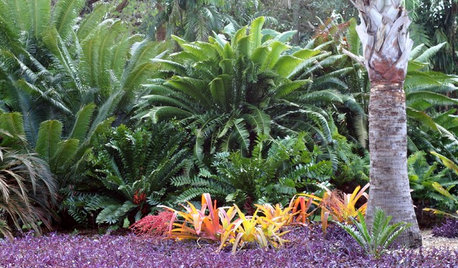
PLANTING IDEAS8 Design Tricks From Sunny Botanical Gardens
Take a yard from stale to stupendous with ideas from these expertly designed gardens in the U.S. Sunbelt
Full Story





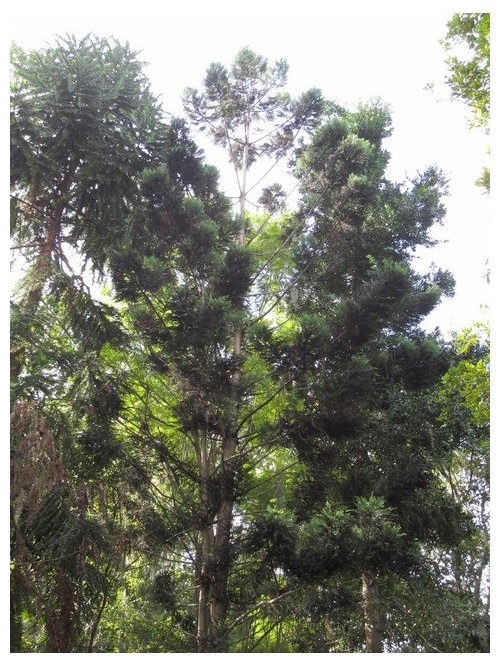
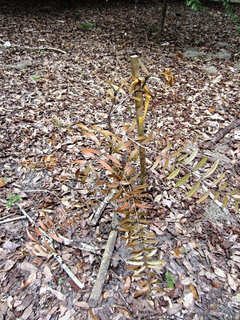
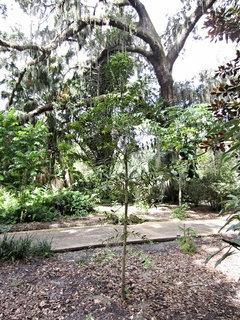
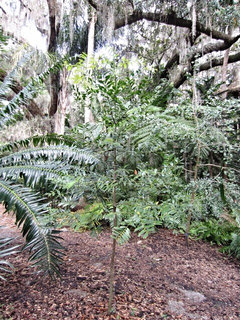
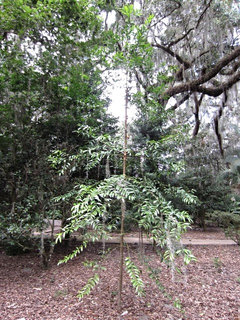


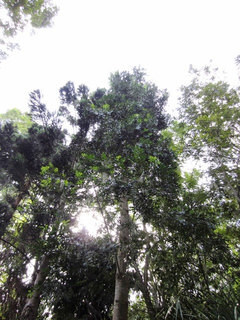




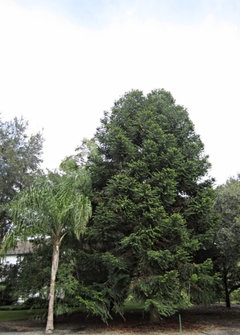
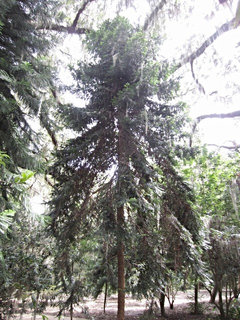
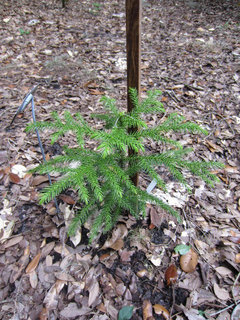
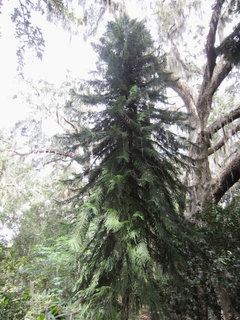

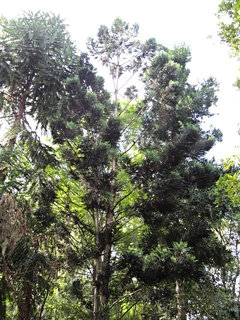
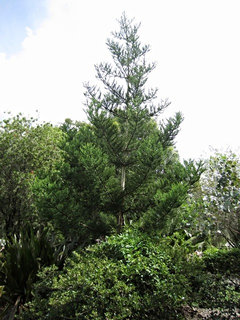
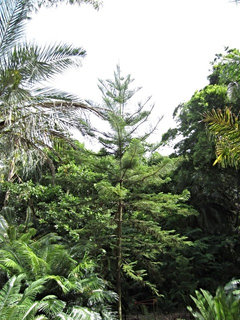

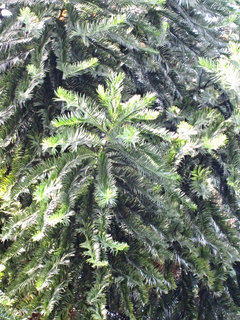
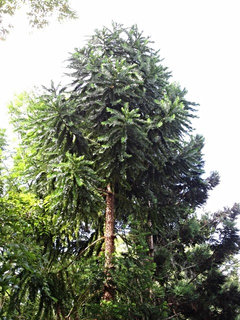


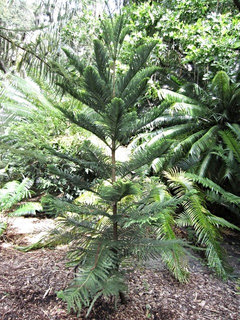
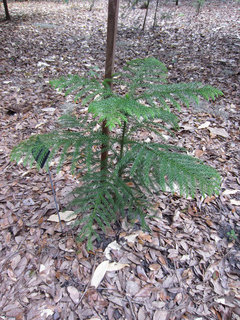



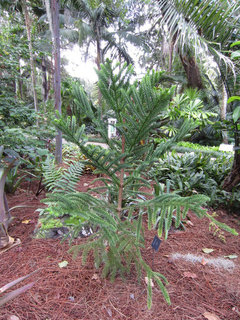
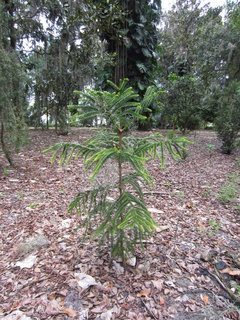
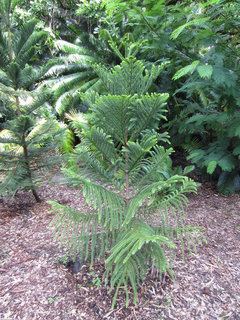
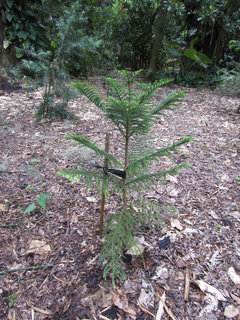



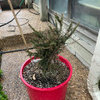

kentrees12